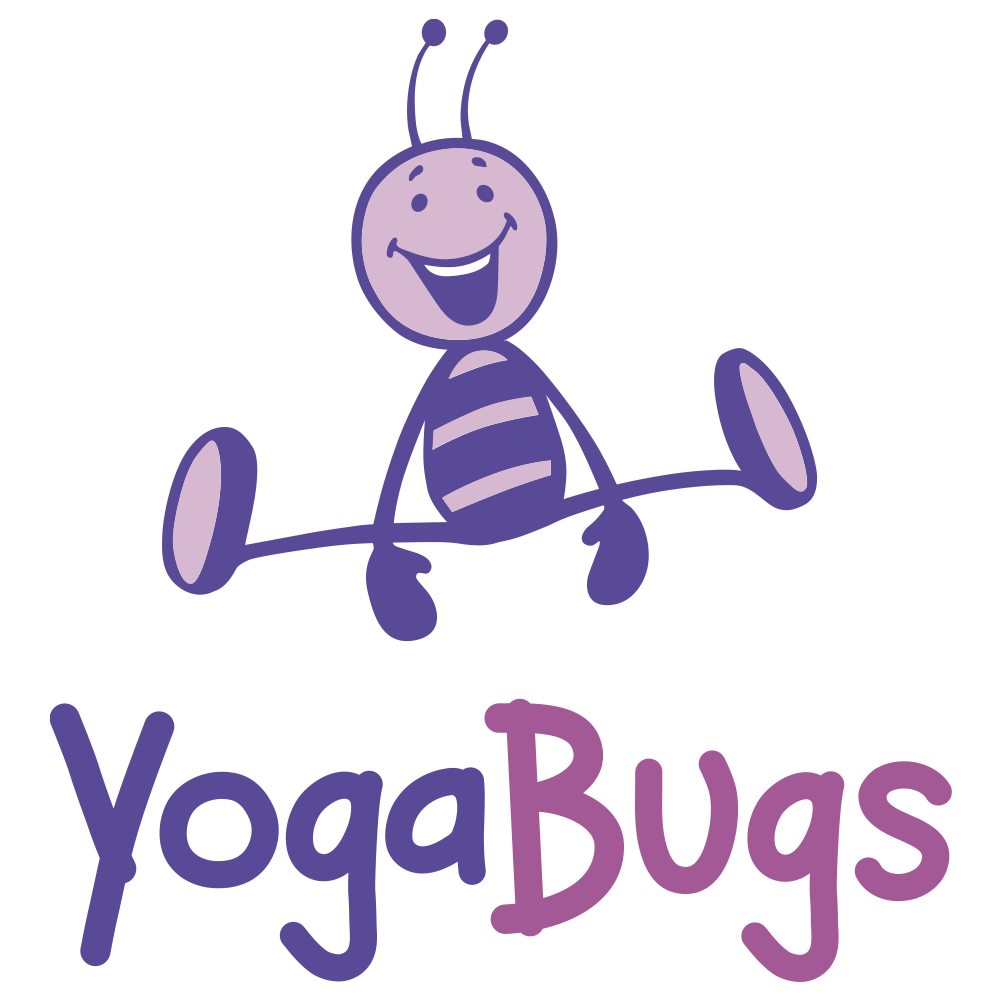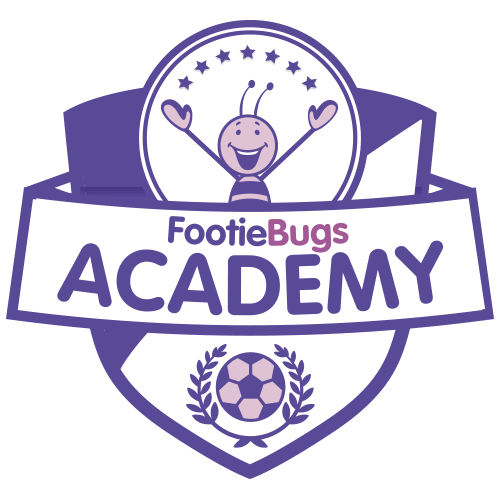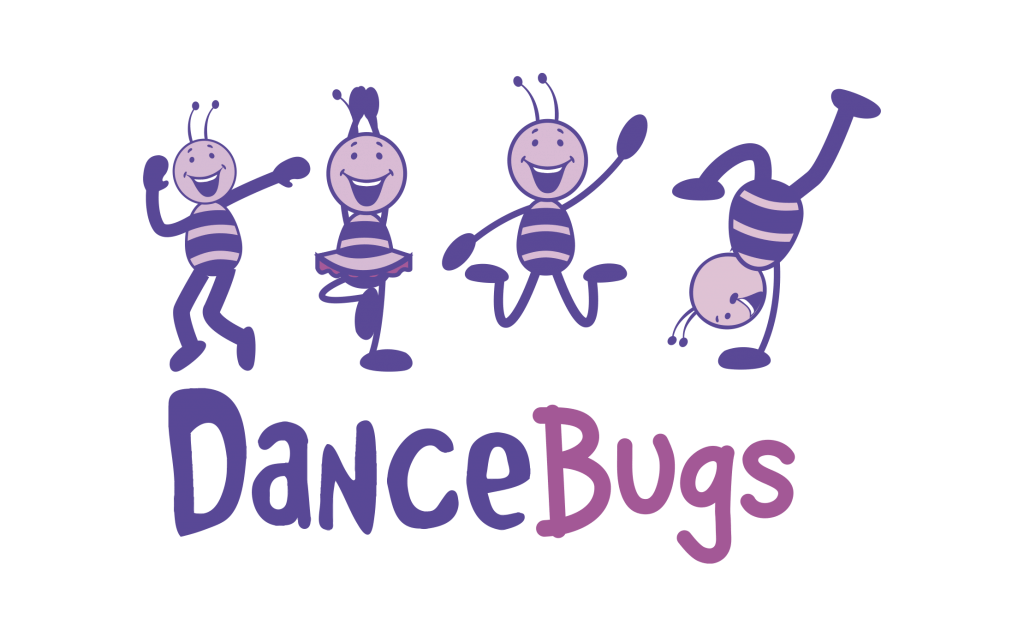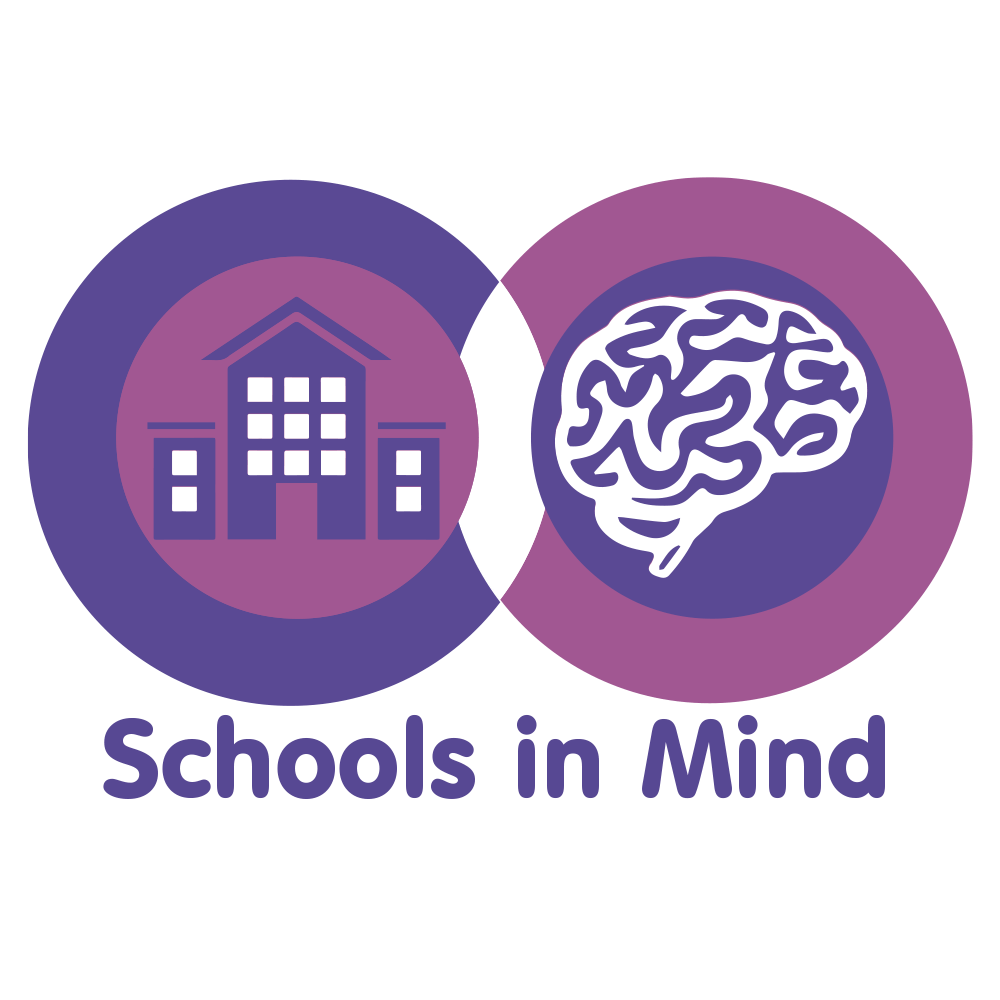As the identification of autism is on the rise, parents, educators and other professionals continue to be faced with the challenges of supporting children with Autism Spectrum Disorder (ASD) in the home, school and community settings.
Common challenges children with ASD face are difficulty with expressive and receptive communication, sensory integration deficits and social/emotional challenges (understanding and recognizing facial expressions, social cues and their emotions as well as emotions of others). Children with ASD can exhibit a broad range in these areas, some having more difficulty in one or more areas than another. Many children ASD may also experience heightened levels of anxiety.
Recently, yoga has become a topic of interest as an intervention and supplemental support for children with ASD. There are limited studies on yoga and the effects on children with autism, however, the studies that have been done suggest that yoga can be of significant benefit to children with ASD.
In addition to benefits typically associated with yoga such as increased strength, balance, coordination and flexibility, benefits such as increased social-emotional skills, language and communication, body awareness, self-regulation, focus and concentration and a reduction in anxiety, impulsive, obsessive, aggressive and self-stimulatory behaviours have also been noted.
1. Increased Social-Communication Skills:
Yoga may offer benefits as an effective tool to increase imitation, cognitive skills and social-communicative behaviours in children with ASD. Also, children exhibited increased skills in eye contact, sitting tolerance, non-verbal communication and receptive communication skills. The ability to understand one’s actions and imitate those actions are directly correlated to the development of social-communication skills. When practicing yoga poses and breathing strategies, children learn the poses and breathing through imitating the actions and behaviours of the adult. This also supports children’s ability to sustain joint attention, something that can be a challenge for children with ASD. Visualization, guided imagery and repetition of vocabulary with the use of visual aids and images can also support the development of language and vocabulary.
2. Awareness and Expression of Emotions:
Not only can the practice of yoga bring more awareness to social cues such as facial expressions, actions and social behaviours but it can also bring more awareness to children’s emotions and how they are feeling. Because children with ASD often have difficulty with expressive and receptive communication, they may act out their emotions in unexpected or inappropriate ways.
Breathing strategies can be taught to children with ASD to release difficult or uncomfortable emotions such as anger, frustration or anxiety in more healthy and constructive manners. Providing an outlet for children with ASD to express their emotions gives them the message that it’s OK to feel these emotions and when expressed constructively can support them in feeling better emotionally.
3. Reduced Anxiety:
Many children with ASD experience heightened levels of anxiety. This can significantly affect their sleep, mood, behaviour and health. Due to difficulty with communication, sensory integration deficits and a variety of other challenges, children with ASD can be in a constant state of anxiousness. This state of anxiousness if often referred to as the fight/flight mode. When children are in the fight/flight mode, cognition and communication go down and they tend to move into chest breathing or hyperventilation, which can exacerbate their anxiety.
Specific breathing strategies can be taught to support children with ASD in reducing anxiety and soothing their nervous systems. The practice of mindful breathing guided imagery and poses that calm the nervous system can support these children in developing coping skills, self-regulation skills and more effective responses to stress, both emotionally and physically. Calming their nervous systems and releasing tension in their minds and bodies supports better sleep, digestion, mood, behaviour and overall health and well-being.
4. Reduction in Challenging Behaviours:
Because of the many difficulties’ children with ASD face in areas of language and communication, expression of emotions, sustaining attention and sensory integration, they may display challenging behaviours.
A combination of breathing strategies and yoga poses can support children with ASD not only in reducing anxiety, which can directly impact mood and behaviour but can also support children with ASD in developing self-regulation and coping skills.
Many children with ASD experience sensory integration difficulties. Sensory integration refers to how we use and process external stimuli from the environment around us as well as internal stimuli within our bodies.
Difficulty with self-regulation affects children’s mood, behaviour, energy level and response to environmental stimuli. Specific poses and breathing strategies can be taught to children with ASD that provided proprioceptive and vestibular input from the two “hidden” sensory systems to support sensory integration and self-regulation. Development of self-regulation skills can improve children’s impulsive, aggressive and acting out behaviours significantly.
5. Increased Body Awareness:
Many children with ASD may have limited body awareness. By teaching and identifying body parts through yoga and movement of the body, children can develop a greater sense of body awareness. Poses that provide proprioceptive and vestibular input also support body awareness. Directional concepts taught in yoga such as up and down and left and right are also helpful concepts in developing a greater sense of body awareness.
6. Positive Sense of Self:
Along with the many benefits listed above, the practice of yoga can also support children with ASD in developing self-confidence and self-esteem. Balancing poses and standing poses, in particular, are exciting and powerful poses for children with ASD to practice. Whether it’s standing, balancing or seated pose, any pose can be modified to support the ability of the child to build up the child’s self-esteem and help the child feel successful.
Tips for Teaching Yoga to Children with Autism Spectrum Disorder
Yoga can be easily incorporated into a child’s day in the home, school or program setting to support self-regulation, increase communication and expression of difficult emotions and reduce anxiety and frustration. Practicing yoga with the child will not only support them in feeling calmer and more relaxed but can also support the adult working with the child in feeling calmer, the outcome being, a positive and relaxing experience for both the adult and the child.
- Teach child/children simple yoga poses and breathing exercises with the use of visuals, games, repetition and fun and motivating activities.
- Choose poses and breathing strategies at first that allows the child to feel successful and practice them consistently before adding new poses and breathing strategies.
- Create a yoga schedule with pictures of poses so there is consistency and the child know what to expect.
- Allow the child to choose preferred poses to feel a sense of involvement and control.
- Incorporate “yoga breaks” throughout the day to encourage movement, stretching and breathing. This provides an opportunity to reset. Studies show that movement breaks throughout the day increase focus and concentration. Certain poses that cross the midline increase communication between the left and right hemispheres of the brain, which supports learning, movement and coordination and is thought to help develop new neuro-pathways in the brain.
- Set aside a “yoga space” in the setting with visuals of poses and breathing exercises for children to access when needed. Simple yoga stretches and breathing exercises can be done seated in a chair (chair yoga) if desired.
- Encourage children to engage in breathing strategies or yoga stretches when they become upset, agitated or experience anxiety as a replacement behaviour or alternative behaviour to acting out or exhibiting inappropriate behaviours.
Fully Inclusive
All children can do YogaBugs to their own ability. YogaBugs actively promotes an inclusive approach through flexible session plans, fully-trained staff and a positive outlook which emphasises accessibility. We cater for children with disabilities as well as additional behavioural and communication needs and encourage them to reach their full potential in a safe, supportive and fun environment.
Increase Confidence
Children are encouraged to be vocal during a class and express their emotions physically. Through creative visualisation techniques we help children believe they are unique and special.
Improve Concentration
Balancing postures help children to focus their mind and concentration techniques keep the mind in one place instead of letting it wander.
Fun!
There is a big emphasis on children having fun in a YogaBugs class, we take children on wild adventures and encourage them to use their creative imagination.









